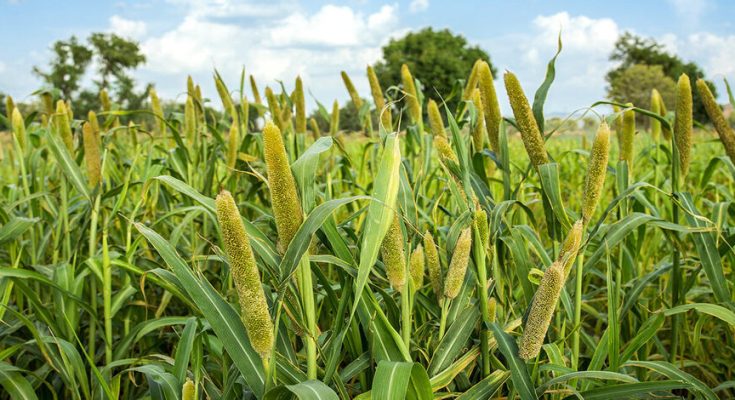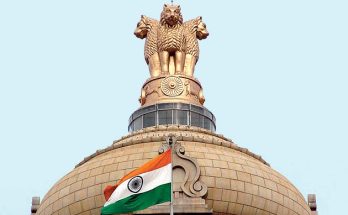We all know this state of farmers in India spite of 60 % of the Indian population working in agriculture in spite of Agriculture contributing to 18 % of India’s GDP, today our farmers are in such terrible condition that in 2021 alone 10 881 farmers committed suicide that’s 29 Farmers every single day for the entire year and we all know the reasons for this condition right the yield is going down climate change is ruining land and lastly, the market has been swinging so bad that most farmer never achieves financial security and while all of us worrying about all.
This aspects of our farmers on the other side another catastrophe is taking place our groundwater levels have reached dangerous levels the most fertile lines of our country are being ruined due to pesticides and fertilizers and most importantly with each passing day the food that we eat is turning into poison due to excess pesticides and fertilizers but you know what this is where an absolutely ser of crops are coming up and these crops can not just change the life of farmer but even restore the disastrous soil in India. These crops that we talking about are nonother than millet and mind you guys millets are so so special that they are now being called the super crops of the 21st century if you only understand the importance of millet, you will able to spot the next big business wave in the agriculture sector of India.
What is so special about millets that they are now being called as the super crops of the 21st century
How can millet solve the farmer’s problems?
To understand the importance of millet we first have to understand the story of Indian agriculture this is a story that dates back to 1980s India. During the 1960s India was facing a massive food shortage. Ans this is when the green revolution was initiated in India whereby we implemented the most efficient and high yield systems to become self-sufficient without food supply and this initiative included importing machinery and farming techniques from aboard using fertilizers and pesticides and many of the methods to increase our production capacity.
So that we could feed our people properly once system was the rice-wheat cropping system for those who don’t know rice-wheat cropping system is a cropping system whereby rice and wheat crops are grown in sequence in the same field so rice is grown during the monsoon seasons and wheat is grown during the rainy season and the reasons why the system was followed was because it increases the crop productivity and has an insane economic benefit as compared to other systems and this super-efficient system are the reasons why we are come out of food shortages in India.
Back in the 1960s and if you look at this graph because of the green revolution and rice-wheat cropping systems we were able to scale up our food production systems with the explosion of our population for the next 50 freaking years and today the rice-wheat cropping systems have become the backbone of Indian farming, especially in the northwestern reason of Punjab, Haryana and Uttar Prades and if you look at the scale of this rise wheat farming in India you will see that it did over an area of 9.3 million hectares this is a huge area that the state of Punjab itself is only 5.03 million hectares so it’s 1.8 times the size of Punjab on top of that if you look at rice in India it’s not just a commodity but a staple food for 70 % of the Indian population and rest of the population consume rice along with the wheat and other grains so in short rice and wheat are not just crops but also a critical part of both the economy and the diet of Indian.
But you know what guys this very same rice wheat system that became a savior for India in the 1960s today has laid the foundation of some very very consequences the question is if this system took us out of food shortages if this system is providing such a healthy stream of income for both our farmers and our country then why the hell is it dangerous.
This is what brings me to the dark side of the rice-wheat system and the first reason has to do with the groundwater system now if you look at the water consumption of rice and what it will blow your mind if you look at the chart while potato requires between 500 to 1500 liters of water per kg weed requires between 900 to 2000 liters soybean requires 1100 to 2000 liters per kg whereas rice alone requires anywhere between 1900 to 5000 liters of water per kg so with the rice-wheat farming system you don’t have one but two water-guzzling crops on the same field and what’s even worse if that this water that is being used is not coming from a river or from rain but from the precious groundwater sources and here’s where the problem starts.
If you look at the graph back then the green revolution started it was completely okay to use the rice-wheat system because 60 % of our water needs came from surface water and only 30 % came from groundwater but now over the last 50 years, this ratio is reversed whereby today 60 % of our requirement comes from groundwater and only 30 % comes from surface water and the result of this is very very scary. If you look at the map called groundwater development percentage as of 2011 groundwater development is basically the ratio of annual groundwater extraction to the annual groundwater availability so if this ratio is 30 it means that we’re extracting 30% of the available groundwater for our use. If this percentage is less than 70 then it is safe. between 70 to 90 semi-critical, and 90 to 100 is critical. and this is an extremely high risk you will shock to know that this percentage for AP is less than 37 % where as Punjab is 137 %.
YOU MAY ALSO LIKE TO READ- All About ‘Float Farming’ An Emerging Technologies



